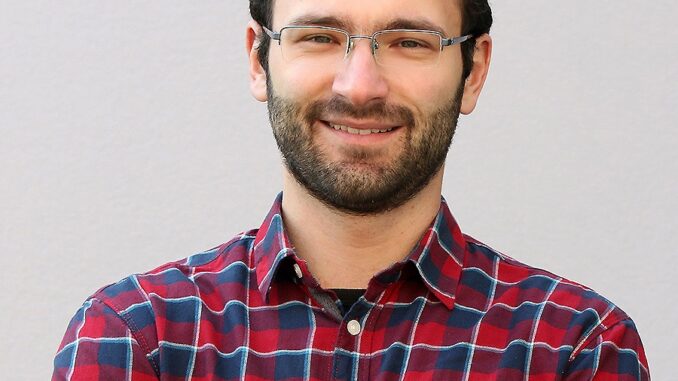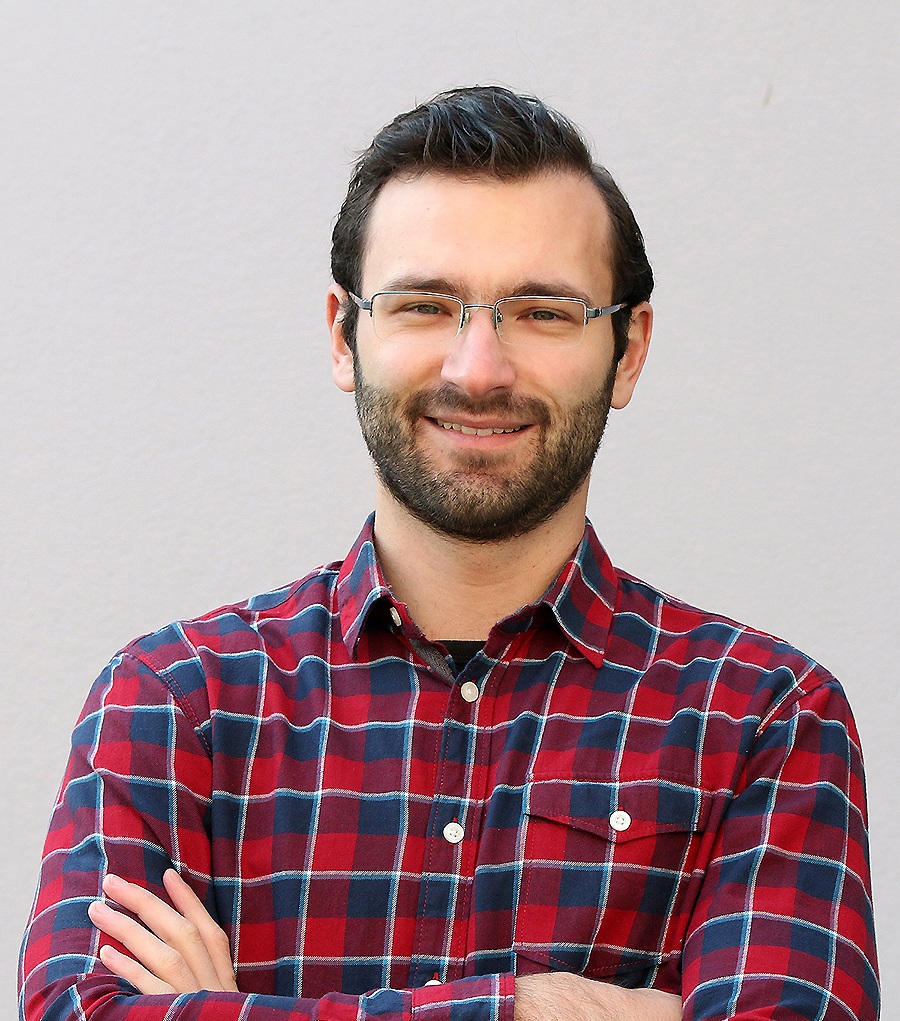
Final up to date:
September 24, 2024 10:32 EDT
 Why Trust Cryptonews
Why Trust Cryptonews
In an insightful interview with Cryptonews Podcast host Matt Zahab, John Patrick Mullin, co-founder of Mantra, a Layer 1 blockchain for RWA tokenization, mentioned the three phases of real-world property (RWAs) and the present stage.
He talked about blockchain’s “iPhone second,” blockchain as the right ledger for asset tokenization to reside on eternally, constructing a non-chain trade, and Mantra’s ‘OMtober.”
Blockchain Hasn’t Had Its iPhone Second But
Blockchain nonetheless has a methods to go, Mullin advised throughout his chat with Matt.
Whereas on the Korea Blockchain Week in Seoul, Mullin attended a dinner hosted by Layer-1 for IP, Story Protocol.
One of many buyers and supporters, Chris Dixon, crypto associate at A16z, remarked that the house hasn’t had its iPhone/Fb second but.
Whereas Dixon spoke within the context of web protocol tokenization, Mullin mentioned that blockchain hasn’t but seen a selected software or case take off resulting from a “convergence of expertise” and “mindshare.”
“All the pieces form of got here collectively, tradition, to have this like aha second the place all the pieces went loopy up and to the correct,” mentioned Mullin. “And also you haven’t had that software on the blockchain stage but.”
And extra broadly talking, he remarked, the tokenization of real-world property, “when transmuted into some type of in-the-palm-of-your-hand software,” permitting customers to entry any product, anytime, wherever – “that’s the holy grail.”
Three Phases of RWA
Many business specialists would argue that RWA tokenization is the longer term.
Mullin informed us that he sees three phases of this course of.
Now, we’re in section one: the availability aspect.
This encompasses bringing high-quality property to an on-chain setting.
He harassed that making a token isn’t the exhausting half. However creating reputable ones which might be legally sure to the actual world—which might be of top of the range and likewise one thing folks truly need—is tough.
Subsequent, the tasks have to create excessive complete worth locked (TVL), supply many attention-grabbing use instances, and work with governments to make sure financial worth and rights in the actual world.
Section two is liquidity and buying and selling.
This step entails many regulatory actions. Quite a few completely different questions require solutions right here and on a world scale as a result of that is “an asset class by asset class, jurisdiction by jurisdiction” case.
“It’s actually simply go on the market one after the other, grind it out,” mentioned Mullin. It takes time, however it’s price it: this can be a trillion-dollar business/alternative.
Section three is composability.
That is that “secret aha second,” mentioned Mullin with all the pieces “within the palm of your hand.”
This contains composability in several DeFi functions, throughout chain, monetary primitives, environments, throughout jurisdictions – something, wherever, and anytime.
Blockchain: Good Canvas for Everlasting Asset Tokenization
Mantra is working to create one thing that’s a reputable value-add for everybody concerned, Mullin harassed.
“It’s vital that while you’re doing something tokenized, there must be reputable worth for the tip person,” he mentioned. “It must be higher than what they get in the actual world.”
And blockchains are a superb option to accomplish this. On the whole, they’re excellent monetary ledgers.
“That offers an ideal canvas for asset tokenization to reside on,” the co-founder argued.
Once we add sensible contracts on high of a blockchain ledger after which make them composable and interoperable, “you can begin doing actually cool stuff” and “make issues extra accessible [and] programmable.”
Then, if on-chain turns into the brand new on-line, we’ll want a sequence that helps the flexibility to convey property there safely, legally, and composably with the present market.
The subsequent step is in search of a venue for these property to work together and be traded.
Subsequently, Mantra is constructing a Layer-1 ecosystem on the chain protocol stage, in addition to an software/trade.
The latter “has been segmented out, it’s its personal separate factor now.”
However wanting on the sheer numbers, real-world property are an enormous alternative for tasks and new capital to enter the crypto house, mentioned Mullin.
Particularly as a result of there’s “plenty of recycling of capital” at present.
Constructing a Non-Chain Change
Earlier than even beginning Mantra, Mullin was engaged on a centralized trade venture the place customers would commerce all several types of property in a single place: crypto, securities, FX, commodities, and extra.
However the timing wasn’t proper, and the expertise wasn’t there but.
Nonetheless, Mullin nonetheless believes that is one thing the world wants.
“We simply felt that the world wanted a Layer-1 for real-world property,” he mentioned.
RWAs are a multi-trillion-dollar business, and turning into the Layer-1 of provenance for almost all or a good portion of it’s “an enormous alternative” price placing within the effort for.
Subsequently, Mantra goals to be the chain of data for RWA provenance.
In step with this, the group was first constructing a non-chain trade on the ETH mainnet. This got here with scalability and price points, amongst others.
Layer-2s, Layer-3s, bridging – all of those are too sophisticated for mass non-crypto native adoption.
So Mantra wanted to work on simplifying that with their Layer 1.
Moreover, they wished sovereignty over a legitimate intercept, which you don’t get with something however an L1.
Notably, Mantra is permissionless. It’s not a regulated L1 however helps permission and controlled use instances. The trade will even be regulated.
Mullin additionally famous that the group’s greatest buyers are within the UAE, the place they’ve spent plenty of time for the trade product licensing course of.
Mantra constructed up “credibility” and a really robust community of buyers, enterprise folks, and actually robust institutional companions there.”
Mantra’s OMtober
Lastly, Mullin touched on Mantra’s present work and plans.
“Clearly, we need to be the chief in asset tokenization within the house,” he mentioned.
Subsequently, the mainnet is coming imminently.
Moreover, there are various “massive RWA offers” and partnerships.
So it is going to be “an thrilling month,” which the group has named “OMtober.”
Mantra has main plans for subsequent yr as properly, he added.
One objective is to “push these TVL numbers,” with Mullin predicting $100 billion of RWAs by the tip of 2026.
“If you are able to do a single deal that brings a billion, and there’s plenty of that chance, that’s a complete completely different ballgame,” he mentioned. #And we’re speaking actually, we’re doing billion-dollar offers proper now.”
____
That’s not all.
On this interview, Mullin additionally mentioned:
world and particular person relevance of RWAs;
institutional adoption of RWA and the incoming retail product market match;
causes for robust curiosity in RWAs and MANTRA;
a $500 million take care of the multi-billion-dollar actual property conglomerate Magazine World;
the partnership with plane leasing and financing platform Novus Aviation Capital;
residing in Hong Kong and (educational) touring the world over;
JP earlier than blockchain, journey into crypto, turning into an early adopter, and moving into Bitcoin in 2013.
You may watch the full podcast episode right here.
__________
About John Patrick Mullin
John Patrick Mullin is the co-founder of Mantra, a Layer 1 blockchain for RWA tokenization.
He’s additionally a Hong Kong-based entrepreneur and builder, centered on decentralized finance (DeFi), blockchain expertise, digital property, and Web3.
Having labored in DeFi and trade/brokerage companies, Mullin has invested and constructed within the crypto and digital property house for over ten years.
He has raised tens of tens of millions of {dollars} for numerous ventures whereas working with a devoted group of greater than fifty builders worldwide.







 Bitcoin
Bitcoin  Ethereum
Ethereum  Tether
Tether  XRP
XRP  USDC
USDC  Wrapped SOL
Wrapped SOL  TRON
TRON  Lido Staked Ether
Lido Staked Ether  Dogecoin
Dogecoin
Be the first to comment